Gnaeus Domitius Corbulo
Gnaeus Domitius Corbulo (7 CE? - 67): Roman general, active in the Netherlands and Syria. The emperor Nero forced him to commit suicide.
Early career
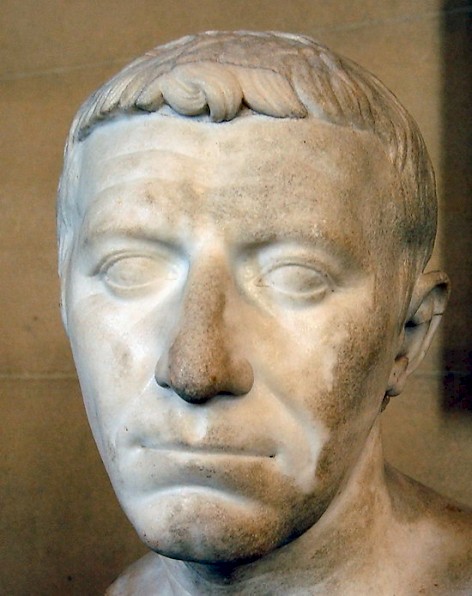
Gnaeus Domitius Corbulo was born in Peltuinum Vestinum, a small town in the eastern Apennines (modern S. Paolo di Peltuino), as the first-born son of a senator by the same name, and a lady named Vistilia. The elder Corbulo reached the praetorship, an important but not extremely influential function. It is likely that he died before he reached the consulship, because Vistilia could still remarry. She became mother of Milonia Caesonia, the fourth wife of the emperor Caligula.
This Caesonia was probably responsible for the fact that her half-brother became consul in 39. We don't know anything about Corbulo's early career, although we can speculate. The minimum age for the consulship was 32, and from this we can deduce that Corbulo was born in 7 (or a bit earlier). A normal senatorial career started with service in a legion, and continued with the quaestorship when one was 25 years old. After this, one served as aedile or tribune (age 27), praetor (30) and governor of a minor province. Corbulo must have occupied these positions during the reign of the emperor Tiberius.
Germania Inferior
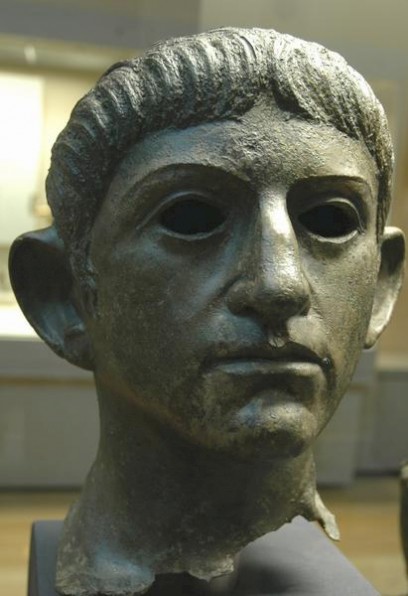
However, we know for certain that he was consul in 39. It is possible that he was with Caligula when he visited the Rhine army. Two years later, when his sister and Caligula were killed, his career may have come to a standstill, but in 47, the emperor Claudius made him general of the army of Germania Inferior. His headquarters were at Cologne, and he was responsible for the legions V Alaudae and XV Primigenia at Xanten, XVI Gallica at Neuss, and I Germanica at Bonn.
Although our sources sometimes suggest otherwise, Claudius was not a fool. Corbulo must already have given proof of considerable qualities as an army commander, because otherwise he would never have received the command of about one seventh of the Roman army. Corbulo must already have commanded a legion. Unfortunately, the manuscripts of our main source for this period, the Annals of the historian Tacitus, contain a lacuna for the years 37-47. But we may speculate that Corbulo had been a legionary commander in 41, when the Romans attacked the Chauci; or that he had played an important role during Claudius' invasion of Britain.
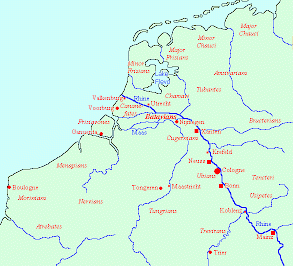
In Corbulo's first year in Cologne, the situation among the Germans on the east bank of the Rhine was tense. In the preceding year, the powerful tribe of the Cherusci had lost its leader and had asked the Romans to send them a king, because the only member of their royal family was a Roman hostage. Claudius had sent this Italus to his fatherland and he had been installed him as king, but several members of his tribe now refused to obey him. A large battle was fought in which Italus was victorious. However, the Italian German was unable to cope with the customs of his tribe, was expelled, and returned to his tribe with the help of another tribe, the Langobards.
During this conflict, a Germanic pirate leader named Gannascus attacked Germania Inferior. He was a Cananefate by birth, but commanded a band of Chauci, who lived on the shores of the Wadden Sea in what is now the Dutch province of Groningen and German Ostfriesland.
This was the situation when Corbulo arrived. According to Tacitus, the general first reestablished discipline among the legionaries. This may be true, but it is more likely that this is a trope: in ancient literature, all successful generals have to start their activities by restoring discipline. However this may be, it is certain that Corbulo used the Rhine fleet (and the legions V Alaudae and XV Primigenia?) to attack the Chauci. Before the Romans had reached them, they had to pass through Lake Flevo:
The shores are occupied by oaks which have a vigorous growth rate, and these trees, when undermined by the waves or driven by blasts of wind, carry away vast islands of soil trapped in their roots. Thus balanced, the oak-trees float in an upright position, with the result that our fleets gave often been terrified by the 'wide rigging' of their huge branches when they have been driven by the waves -almost deliberately it would seem- against the bows of ships riding at anchor for the night; consequently, our ships have had no option but to fight a naval battle against trees!note
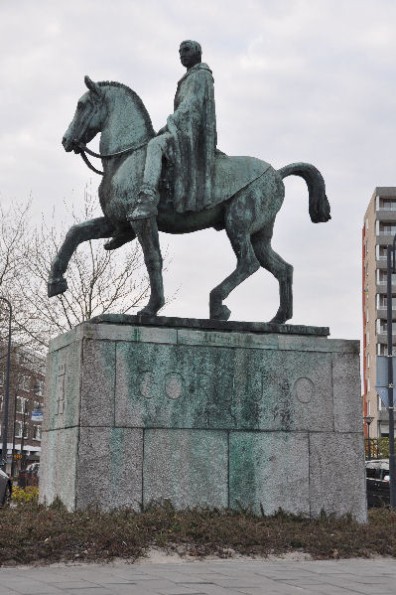
When the Romans reached the Chauci, they expelled Gannascus. Corbulo sent an envoy who suggested the Germans to kill the pirate as well, and so it happened.
Now, Corbulo returned to the Frisians, who subjected themselves to the Roman forces. They had once been subjects of the empire but had gained their independence in 28. Now, they were forced to resettle, and received a council and new laws. Corbulo was already building a fort for a garrison (traces of which may have been discovered at Winsum), when he received an order that he had to return.note We do not know why the emperor Claudius issued this order, but it is probable that he did not want to get involved in a full-scale war in Germania before the war in Britain was over.
Corbulo's Canal
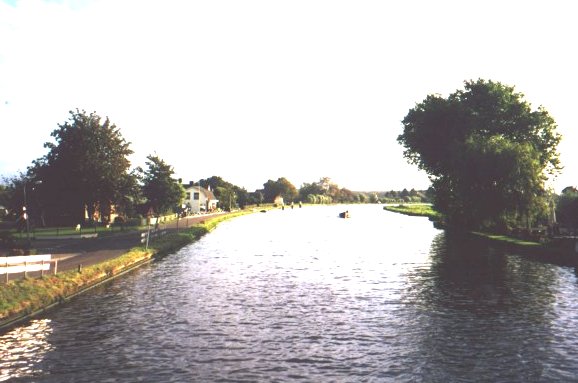
Corbulo now ordered his men to dig a canal between the rivers Rhine and Maas, through the country of the Cananefates. This canal, now known as Vliet, still connects Leiden and Voorburg in the Dutch province Zuid-Holland. The construction of forts at (a.o.) Zwammerdam and Utrecht has been attributed to the same stage of building activity. The discovery of signposts at Utrecht-De Meern in 2002 suggests that the new defenses were pretty advanced; they are one aspect of the Claudian army reforms.